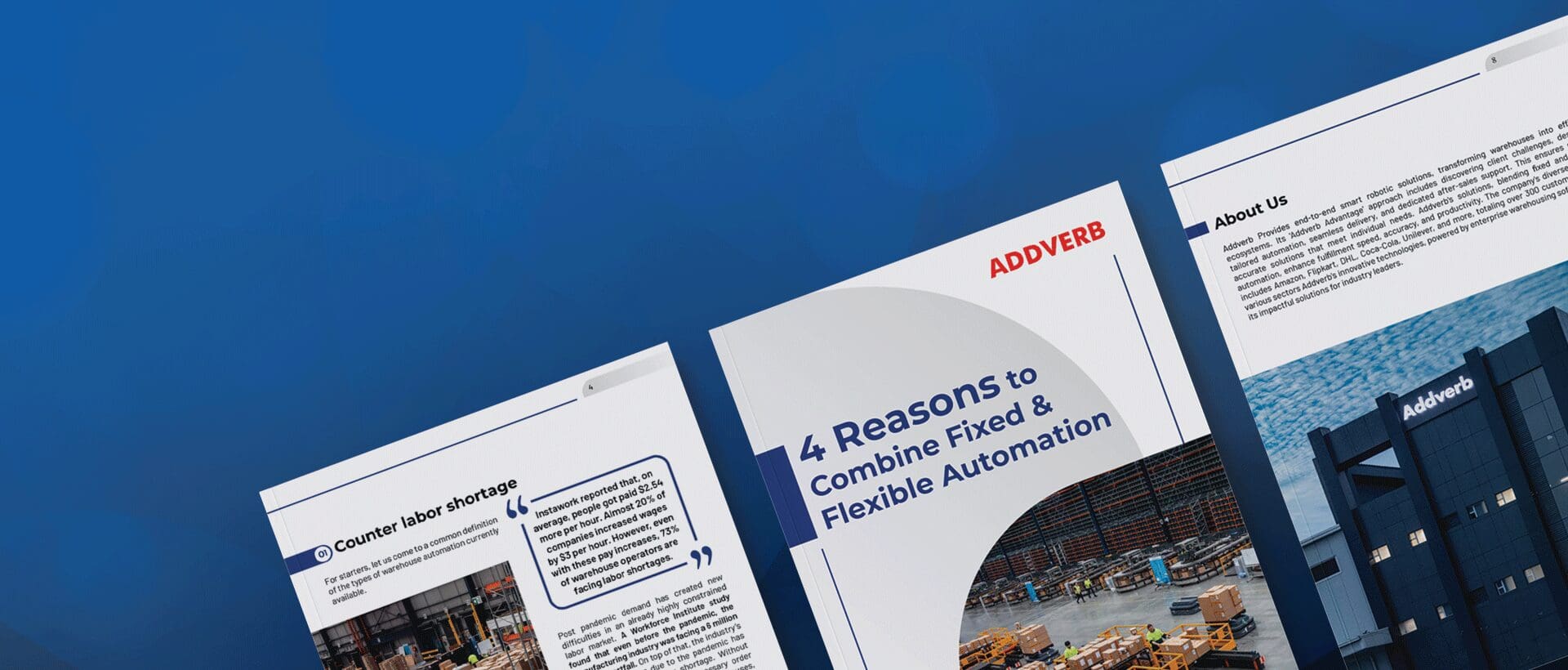
• Counter Labor Shortage in Warehouses.
• Enable Microfulfilment.
• Configuration for Tomorrow's Marketplace.
The last decade has presented significant challenges to the logistics and supply chain industry, marked by the emergence of e-commerce, SKU proliferation, and a growing need for faster deliveries. The pandemic further exposed the vulnerabilities of global supply chains, with lingering effects expected to persist until at least 2024 or 2025. Labor shortages have plagued the industry, making it difficult to keep up with surging demand and driving up labour costs.
The logistics sector is shifting towards integrated and intelligent supply chains, which is expected to be the norm by 2027. Forward-thinking companies are turning to warehouse and material handling automation solutions to innovate and gain a competitive edge. However, the choice between fixed and flexible automation depends on various factors, such as company size, product variety, industry demand, and warehouse layout.
The whitepaper explores the two "flavours" of automation in the industry: fixed (rigid) and flexible (mobile), both designed to enhance speed, efficiency, and safety by deploying automation systems to perform repetitive tasks. The choice between the two, or a hybrid approach, depends on the specific logistics needs of each business.